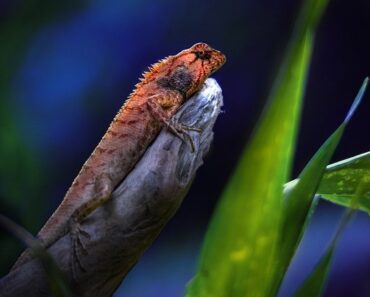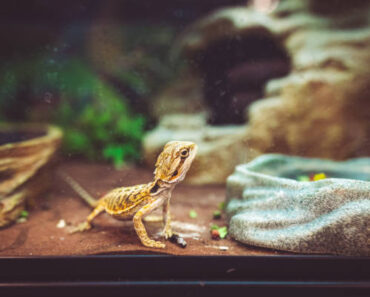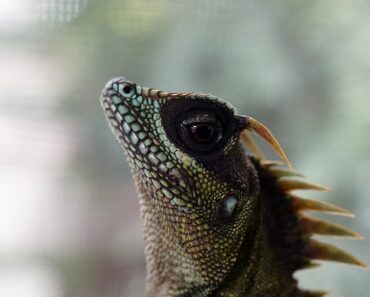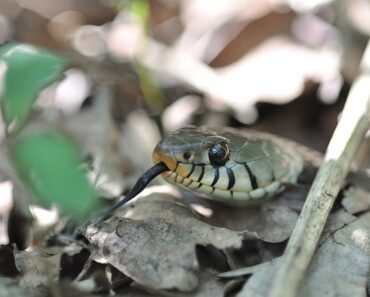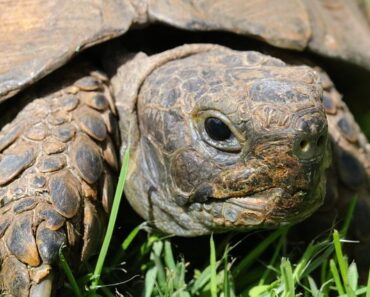
Nutritional requirements
To cover the intake and meet the energy needs of your herbivorous lizard, you will have to give it mainly plants.
Its meal should mainly include leafy vegetables such as salad (romaine or leaf lettuce, arugula, kale, watercress, curly endive, lamb’s lettuce, etc.) or the tops of certain vegetables (carrot, celery, turnip, radish) and nutritious vegetables (carrot, celery, zucchini, squash, etc.).
Some fruits can also be given in small quantities: bananas, kiwis, figs, mangoes, papaya, red fruits, apples, pears, etc.
It is also recommended to add a very small portion of cereals and/or legumes to meet the need for vegetable proteins: whole bread, cooked beans, legumes, seeds (quinoa, buckwheat, sesame…), rice, etc.
Favour organic fruits and vegetables to limit pesticides and wash each given food well. Do not hesitate to chop and mix the food of your lizard so that it cannot sort it. Lizards are sometimes difficult when it comes to tasting new foods.
Finally, even with a balanced diet, your lizard should be supplemented with minerals (calcium) and vitamins to avoid any deficiency.
Prohibited foods
Beware, some foods are forbidden and can cause digestive problems sometimes fatal for the lizard such as intestinal obstructions. Among these foods, we will retain :
Mixed seeds for birds: they contain a scale that reptiles cannot remove before eating them;
spinach: it contains too much phosphorus and can interfere with calcium absorption;
cabbages: broccoli, cauliflower, Brussels sprouts and any other variety of cabbage are too difficult for herbivorous lizards to digest.
Meal frequency
Count one meal a day for young lizards, then one meal every other day once at adult size.
Herbivorous lizard species
Some species of vegetarian lizards: Uromastyx, Chuckawalla, Corucia Zebrata, Sauromalus, green iguana, etc.

